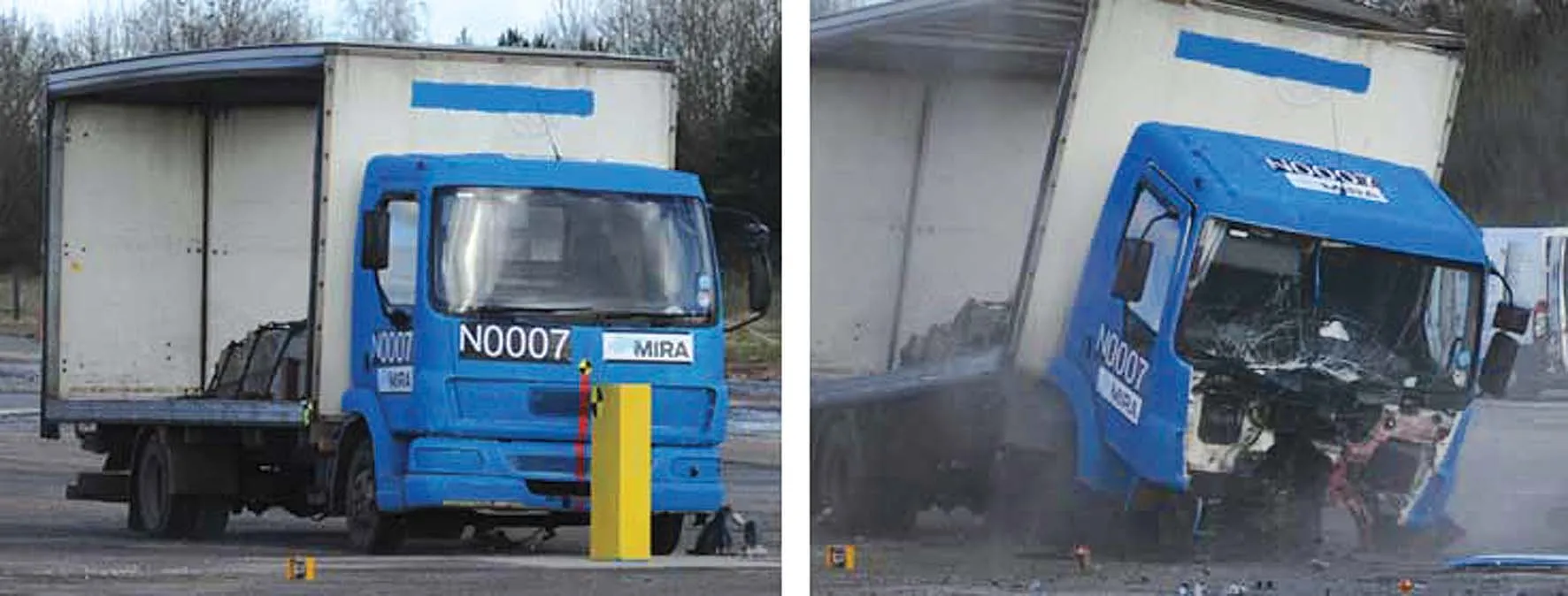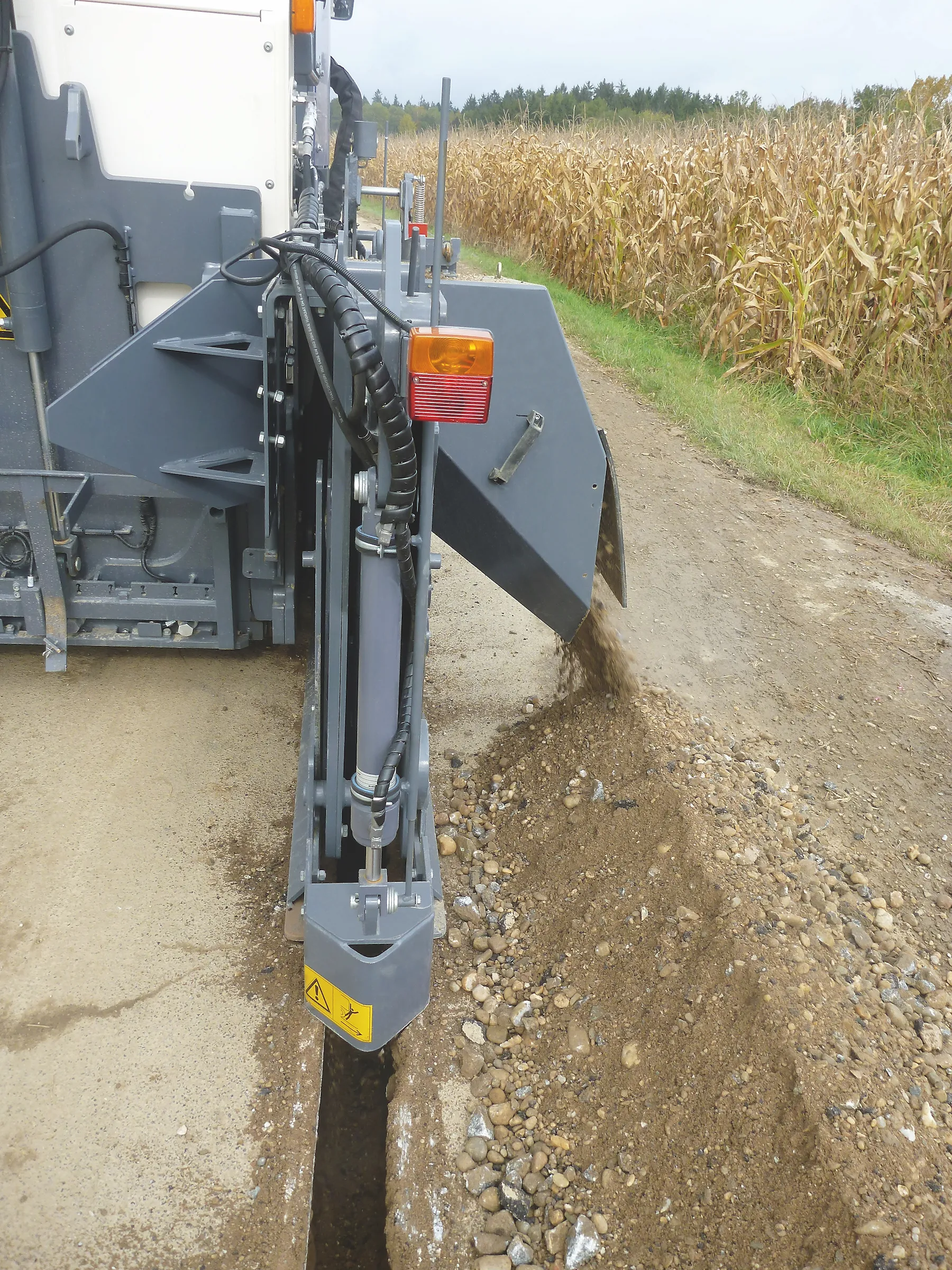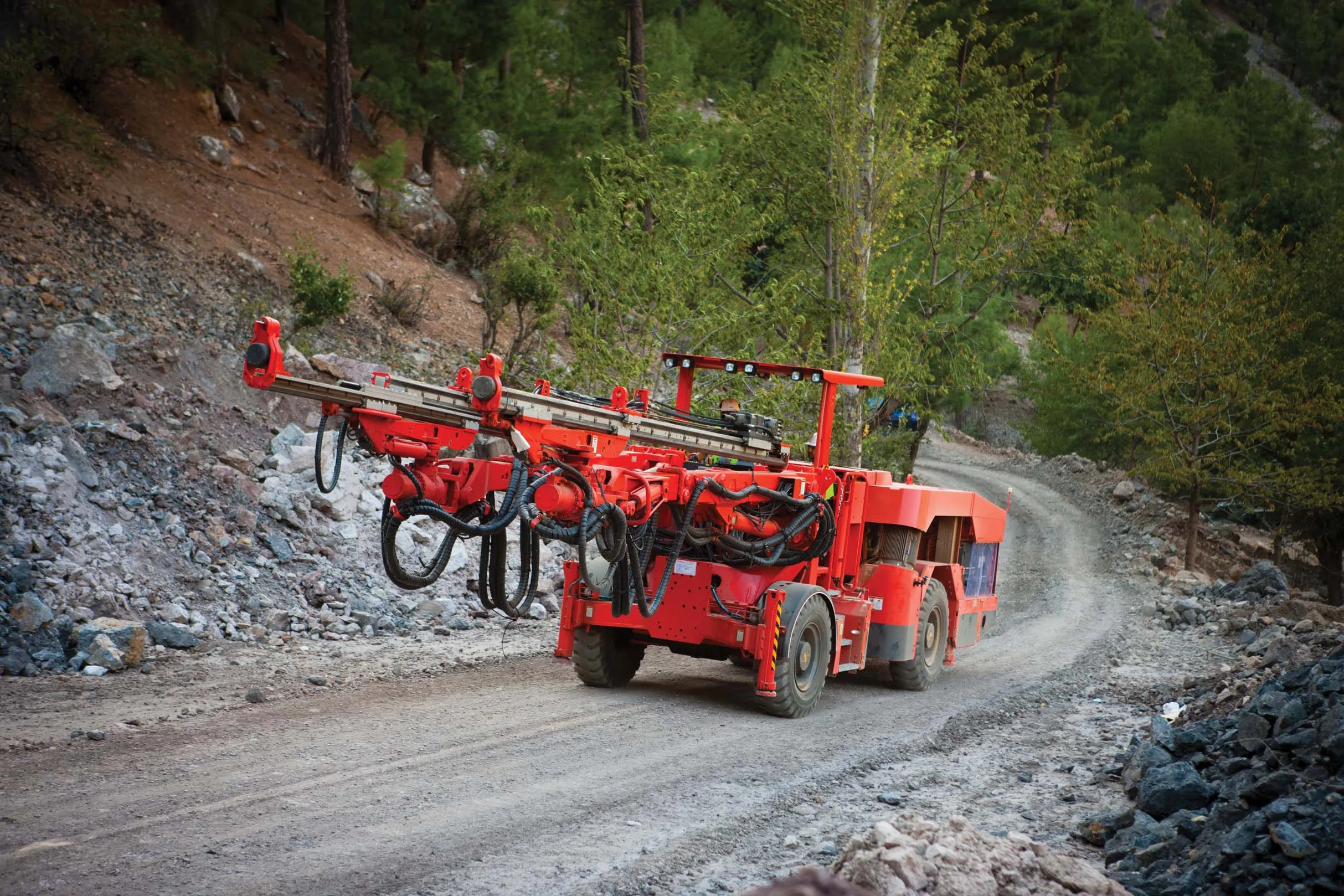Offering high security combined with a rapid, low cost installation the new shallow mount HT-1 Mantis static bollard from Heald is said to be a viable alternative to deep mount static bollards. The Mantis is available with a range of stylish stainless steel covers, finished in a variety of colours to suit any location.
May 19, 2014
Read time: 2 mins

Offering high security combined with a rapid, low cost installation the new shallow mount HT-1 Mantis static bollard from 5976 Heald is said to be a viable alternative to deep mount static bollards. The Mantis is available with a range of stylish stainless steel covers, finished in a variety of colours to suit any location.
The Mantis offers a static solution with a true excavation depth of only 250mm. No pre-casting of the pit is required, nor is any additional rebar. Heald’s fitters can excavate the pit, place the Mantis and infill with just over 0.5m³ of concrete in less than an hour.
Furthermore, as the Mantis was tested as a standalone bollard it can be installed individually or as part of an array to secure an aperture of virtually any width.
Heald recently tested the Mantis at MIRA's testing grounds in central England, where it is said to have received a rating of PAS68:2013 Fixed Bollard V/7500(N2)/64/90:0.0/0.0. This means that the Mantis will arrest a 7.5tonne truck from a speed of 64kph with zero penetration and zero dispersion. In the impact the structure of the bollard remained intact, ensuring continued protection against further attack.
Equally important is the simplicity of the Mantis's installation process. Requiring an excavation measuring only 1800mm wide x 1800mm long x 250mm deep, it is perfect for situations in which a traditional deep mount bollard is impractical or impossible - for example locations with underlying cables or ducting - but where high levels of security are essential.
Heald
The Mantis offers a static solution with a true excavation depth of only 250mm. No pre-casting of the pit is required, nor is any additional rebar. Heald’s fitters can excavate the pit, place the Mantis and infill with just over 0.5m³ of concrete in less than an hour.
Furthermore, as the Mantis was tested as a standalone bollard it can be installed individually or as part of an array to secure an aperture of virtually any width.
Heald recently tested the Mantis at MIRA's testing grounds in central England, where it is said to have received a rating of PAS68:2013 Fixed Bollard V/7500(N2)/64/90:0.0/0.0. This means that the Mantis will arrest a 7.5tonne truck from a speed of 64kph with zero penetration and zero dispersion. In the impact the structure of the bollard remained intact, ensuring continued protection against further attack.
Equally important is the simplicity of the Mantis's installation process. Requiring an excavation measuring only 1800mm wide x 1800mm long x 250mm deep, it is perfect for situations in which a traditional deep mount bollard is impractical or impossible - for example locations with underlying cables or ducting - but where high levels of security are essential.
Heald









